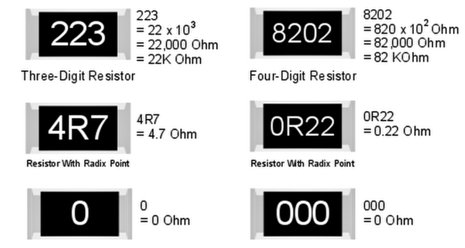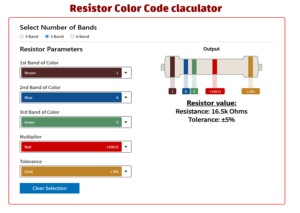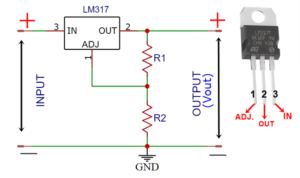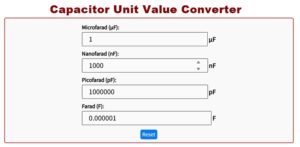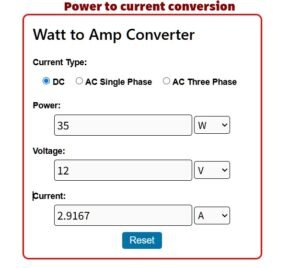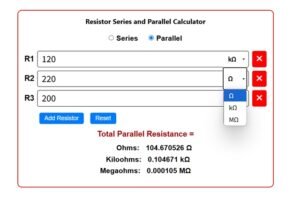SMD resistors are those tiny resistors you see on circuit boards in your phone or computer. “SMD” means Surface Mount Device – they’re designed to be mounted directly onto the surface of the board. Since they’re so small, regular color bands are often impractical. That’s where SMD resistor coding comes in! These codes, like EIA-96, use numbers and sometimes letters to tell you the resistor’s resistance value. This clever system lets manufacturers mark precise values on these miniature but essential electronic components. Understanding SMD resistor coding is key to working with modern electronics! These codes, like EIA-96, employ numbers and sometimes letters to indicate the resistor’s resistance value. EIA-96, for instance, uses a three-character code: two digits referencing a value in a lookup table, and a letter multiplier indicating the power of ten to apply. This system enables precise value marking on miniature components. SMD resistor coding is crucial in modern electronics, allowing for accurate identification of resistance values in compact designs. Understanding these codes is essential for electronics manufacturing, repair, and development. They represent an efficient way to convey vital information on these ubiquitous components. Introduction Electronic devices are getting smaller and smaller. Inside them, tiny parts called resistors control the flow of electricity. These resistors can be really small, making it hard to put regular color codes on them. So, for very small resistors, there’s a special code called EIA-96. This guide will help you understand how to read these EIA-96 codes. EIA-96 is a system used to mark the value of resistors that are very small. These resistors are called “surface mount resistors” or SMDs. The EIA-96 code is used for resistors that need to be very accurate (1% accuracy). It’s a way to put a lot of information in a small space. EIA-96 codes use a combination of numbers and letters to tell you the resistor’s value. Here’s how it works: Let’s say you see the code “01C” on a small resistor. Here’s how to figure out its value: So, a resistor with the code “01C” has a value of 1000 ohms. Ohms are the unit for measuring resistance. 1000 ohms is also called 1 kilohm (1 kΩ). You need an EIA-96 chart to read these codes. You can find these charts online on websites that talk about electronics or on the websites of companies that make resistors. Conclusion: EIA-96 is a coding system for small resistors. It uses numbers and letters to show the resistor’s value. By understanding how to read these codes, you can know the value of the resistors used in electronic devices.
SMD Resistors: Tiny Components, Coded Values
Understanding EIA-96 Resistors- How to Read the Codes on Small Resistors
What is EIA-96?
How EIA-96 Codes Work
Reading an EIA-96 Code: An Example
Why EIA-96 is Important
Where to Find EIA-96 Charts
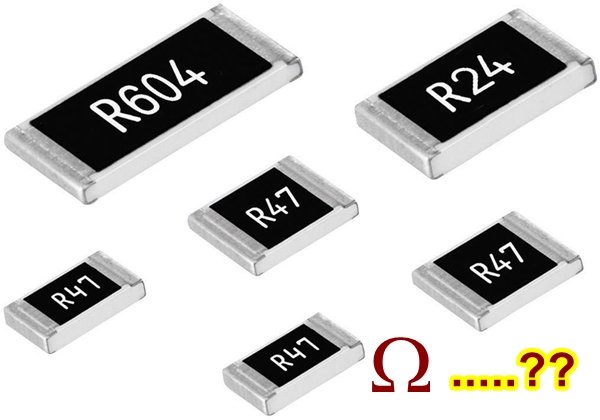
SMD resistor code calculator
Invalid code
Invalid code
Invalid code

